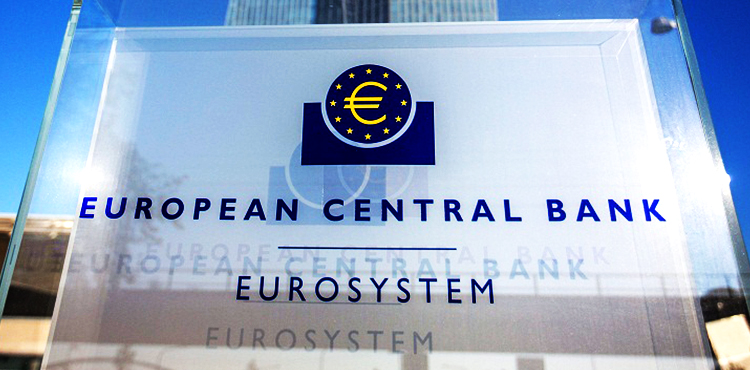The European Central Bank (ECB) has reduced its bank deposit rates from 3.25% to 3.0%, marking the fourth rate cut witnessed this year. The move serves as an indicator of the ECB’s willingness to further relax its monetary policy amidst low inflation and stalled economic growth within the Eurozone.
By eliminating the phrase “sufficiently restrictive” from its policy language, the ECB suggests future rate cuts could be on the horizon, thereby making borrowing more affordable for firms and households.
Meanwhile, the bank also slashed its one-week and one-day lending rates for banks to 3.15% and 3.40% respectively. Despite the less frequent use of these facilities in recent times, their relevance could see a resurgence as the ECB winds down major asset purchase initiatives and long-term loans. Ending this month is the ECB’s Pandemic Emergency Purchase Program, which has been instrumental in injecting more reserves into the banking system.
Neutral interest rates, seen to neither stimulate nor hinder economic growth, are generally considered to stand between 2% and 2.5%. However, due to remaining monetary policy restrictions and the lingering impact of previous rate hikes, financing conditions within the Eurozone maintain a sense of tightness.





